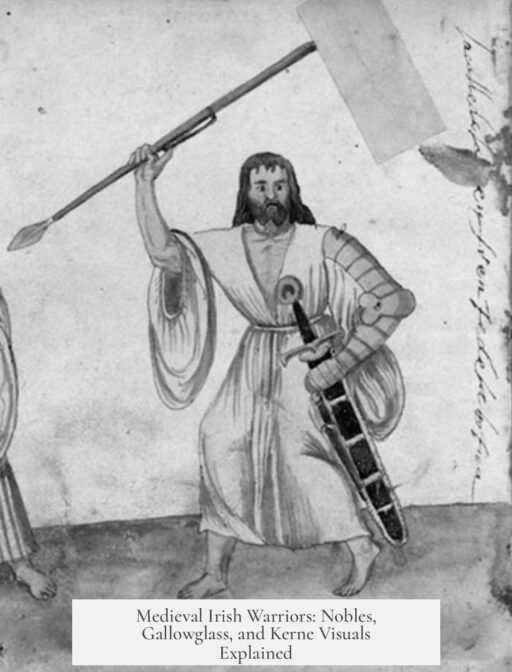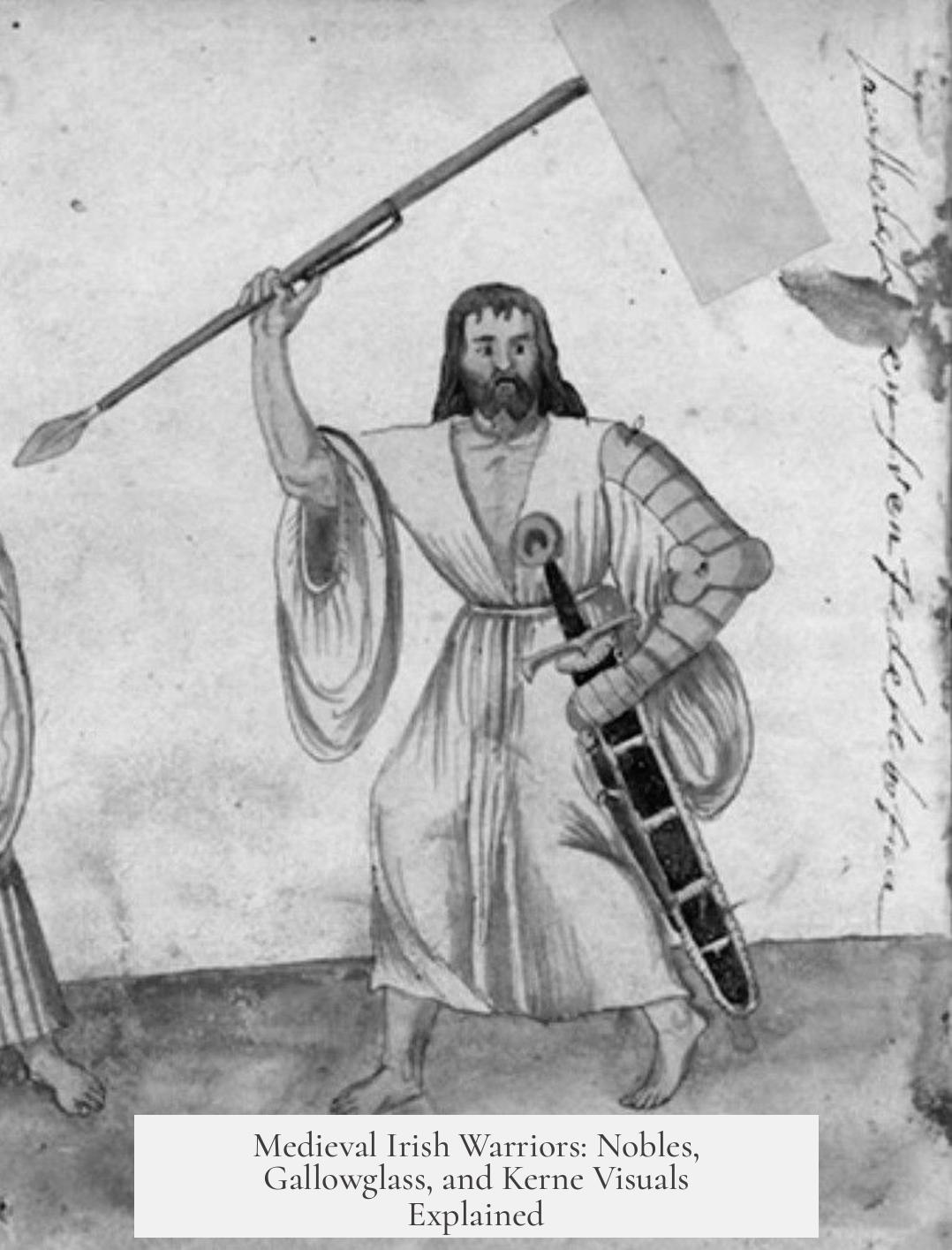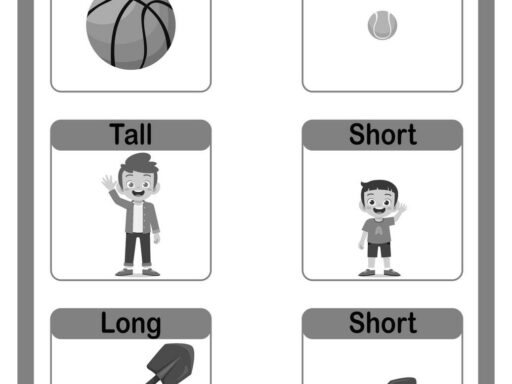Medieval Irish warriors and knights had distinct appearances based on their roles, social status, and equipment. Irish nobles typically fought as light horsemen wearing minimal armor. They rode with little tack or saddlery, including forgoing stirrups, and mainly wielded javelins. This setup suited swift raids and pursuits across rough terrain.
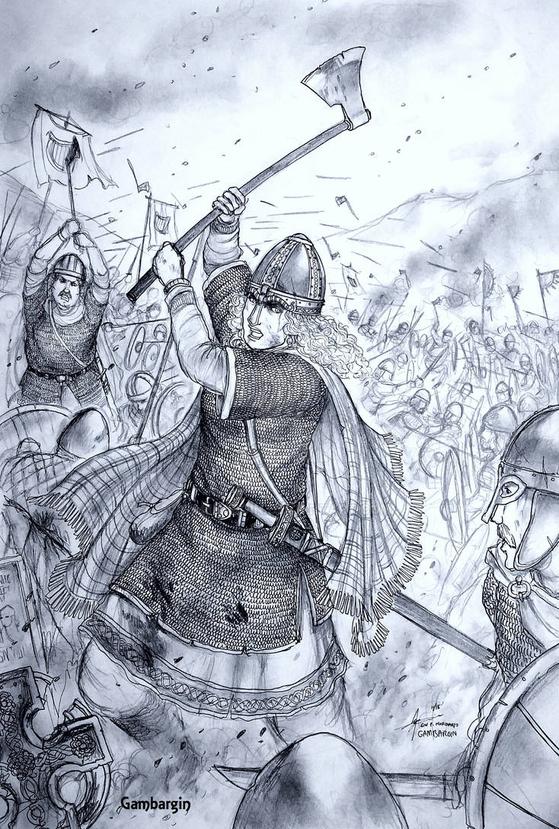
Heavily armored warriors known as Gallowglass were mercenaries forming the core heavy infantry. These soldiers often wore mail armor and carried large axes called sparths or swords. They charged decisively in battle. Gallowglass warriors were accompanied by servants who carried their armor and provisions. They also used darts or javelins thrown before charging to weaken enemy lines.
The kerne were mostly poor peasants who fought as light infantry. Their equipment varied widely but generally consisted of swords, shields, bows, and javelins. Their lack of wealth meant few had access to heavy weapons or armor. Over time, many kerne adopted firearms, changing their battlefield role.
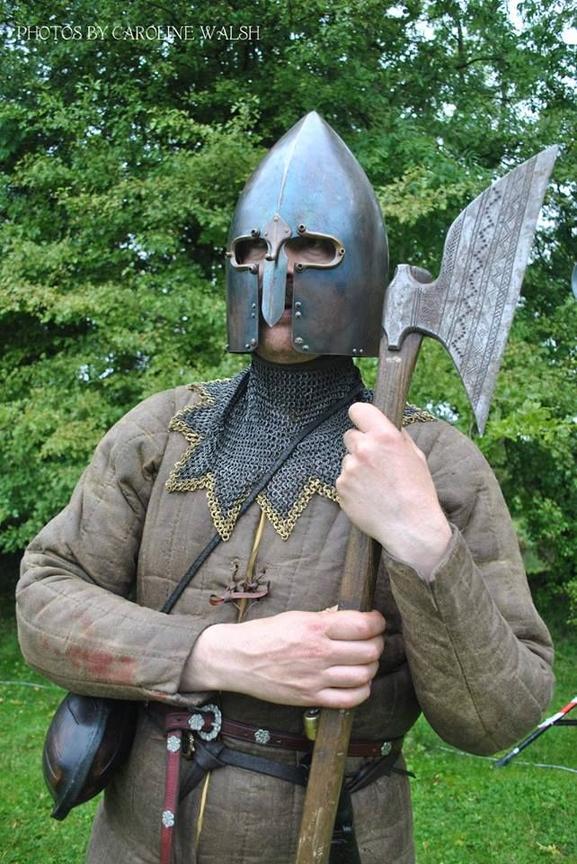
| Group | Role | Equipment | Armor |
|---|---|---|---|
| Irish Nobles | Light Horsemen | Javelins | Minimal |
| Gallowglass | Heavy Infantry | Axes (sparths), Swords, Darts/Javelins | Mail Armor |
| Kerne | Light Foot Soldiers | Swords, Shields, Bows, Javelins, Later Firearms | Little to None |
The variety in armor and weapons reflected social rank and battlefield function. Nobles avoided heavy armor to retain mobility. Gallowglass wore mail to withstand combat and to deliver powerful charges. Peasant kerne had to rely on speed, flexibility, and ranged attacks.
Irish nobles’ reliance on light armor and javelins made them effective in guerrilla-style tactics. The Gallowglass brought stability and shock power to the line. Kerne provided versatile support, shifting to firearms as technology advanced.
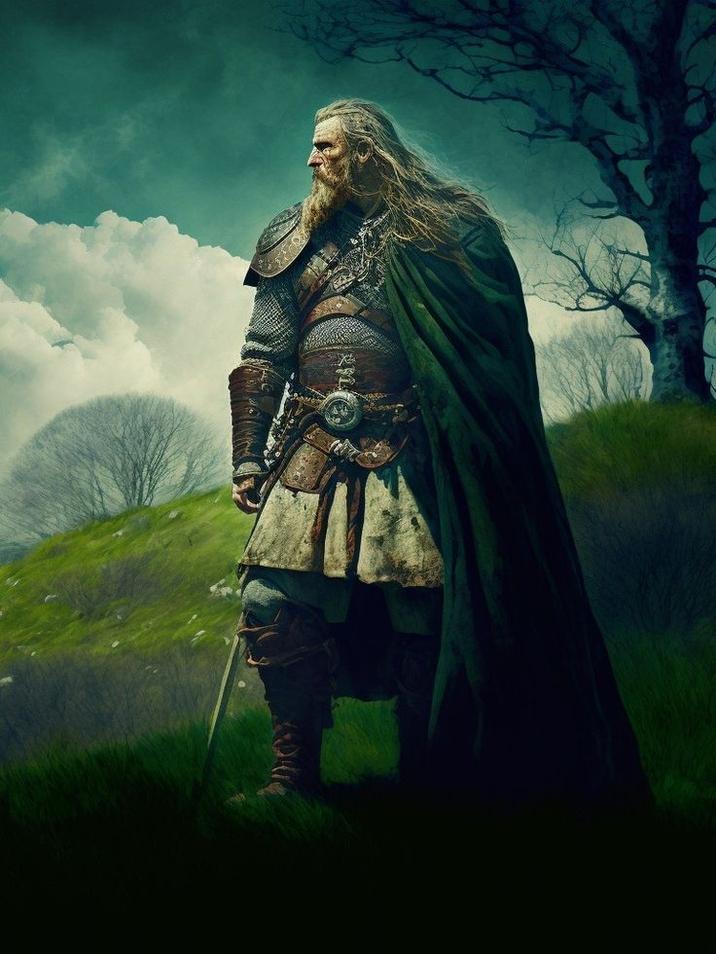
- Irish nobles fought as lightly armored horsemen with javelins.
- Gallowglass were heavy infantry with mail armor and large axes or swords.
- Kerne were poor foot soldiers armed mainly with light weapons and later firearms.
- Armor and weapon choice reflected role and social status in medieval Irish armies.
Historically, What Did Medieval Irish Warriors/Knights Look Like?
When you imagine medieval Irish warriors or knights, you might picture shining armor and grand helmets. But the reality is much more colorful and practical. Irish warriors had a unique style shaped by their environment, resources, and tactics. Their appearance depended heavily on their role in battle—nobles, mercenaries, or peasants.
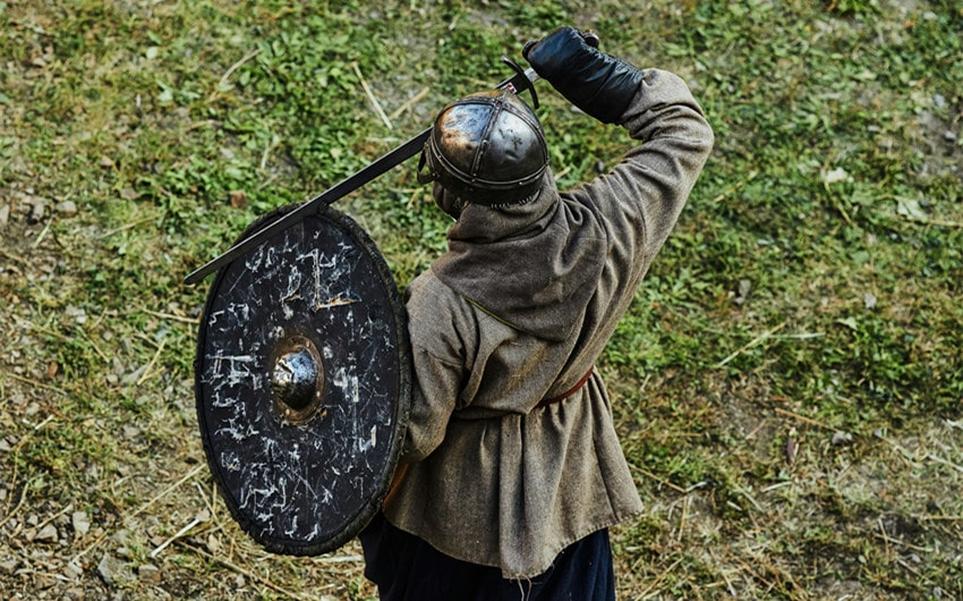
Let’s jump right into it. The medieval Irish military landscape is a fascinating interplay between light cavalry, heavy infantry, and foot soldiers. It’s a tale of speed, strength, and strategy wrapped in an earthy wardrobe rather than polished plate armor.
Irish Nobles: The Light Horsemen with a Taste for Speed
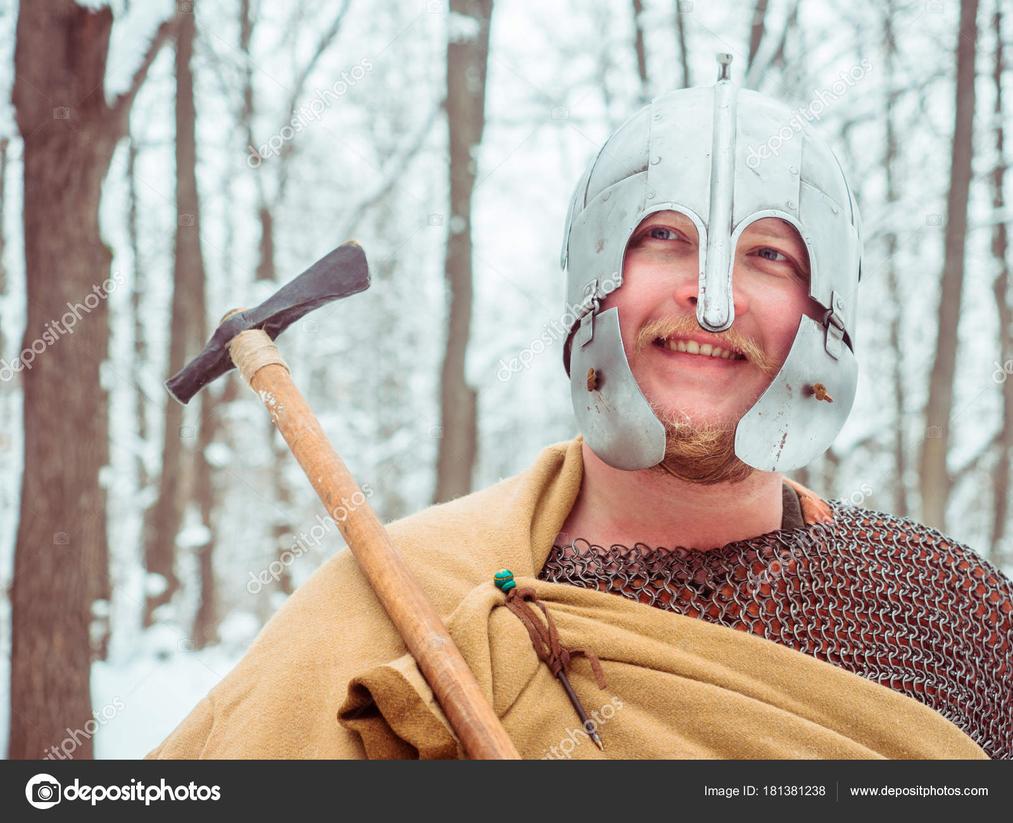
The Irish nobles, often the ‘horse boys’ of their armies, wear almost no armor. Nope, no clunky suits of steel here. They dress lightly, aiming to move fast over rough terrain. The Irish countryside is no flat battlefield, so bulky gear wouldn’t help much.
These nobles ride with minimal tack or saddlery—meaning no stirrups here! It’s surprising, right? Stirrups, after all, help keep your balance on a horse during battle. But the Irish horsemen mastered balance and agility without them. They wield javelins, long throwing spears, which suit hit-and-run tactics perfectly.
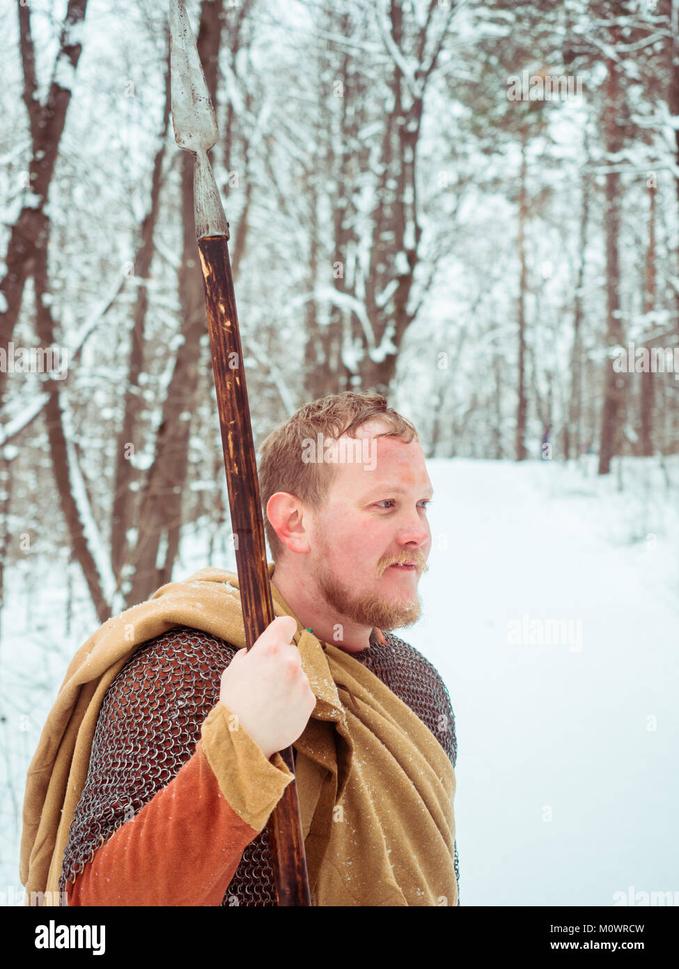
Imagine them darting through uneven hills and bogs, harassing enemies and swiftly retreating. The nobles’ approach is all about speed and mobility. Light armor or no armor means they can outpace heavier foes and strike where it hurts.
The Gallowglass: The Heavy Hitters Clad in Mail and Axes
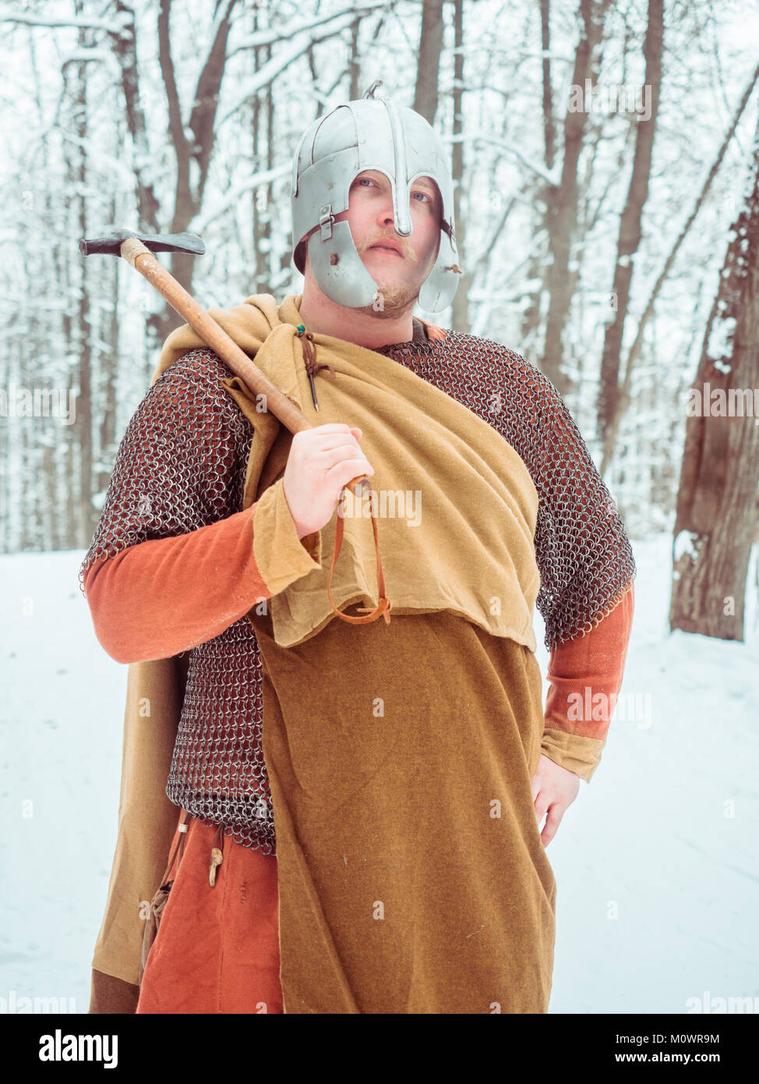
Now meet the Gallowglass, the heavyweight champions of the battlefield. These mercenary warriors come from a Norse-Gaelic background, and they’re known for their ferocious fighting and imposing presence. They carry large axes called sparths or swords, weapons that demand muscle and courage.
Unlike the nimble nobles, the Gallowglass wear mail armor, which is a complex mesh of linked metal rings. It’s heavy but offers substantial protection. Their role on the battlefield is the charge—face-to-face, frontline combat that often decides the fight. When you place the Gallowglass troops in formation, imagine a wall of swinging axes and resilient men, moving steadily forward with deadly intent.
Campaigns for the Gallowglass were logistical affairs. Each was followed by a servant carrying their armor and a boy with provisions. Their arsenal included darts or javelins thrown before charging headlong into battle’s chaos.
In essence, the Gallowglass embodied the brute force of the medieval Irish armies, anchoring their power and delivering crushing victories.
Kerne: The Light Foot Soldiers from the Peasant Class
Last but definitely not least are the kerne, the foot soldiers mostly drawn from the peasantry. These guys had to make do with whatever weapons they could afford, usually consisting of swords, shields, bows, and javelins. They lacked the heavy armor of the Gallowglass or the horses of the nobles.
Their style was that of light infantry, perfect for skirmishing and defending the territory. Being poor didn’t stop them from being vital. The kerne fought loyally for their chiefs, showing grit and resilience.
Interestingly, as time marched on, kerne began adopting firearms as their main weapon. This shift marked a big change in medieval warfare tactics and Irish military fashion. From traditional swords to emerging guns, they adapted quickly.
Breaking Down the Distinctive Looks – What Does This Mean Visually?
So, how would these warriors look walking down a medieval Irish road? Picture an Irish noble on a lean pony or horse, clad in simple clothing but carrying a javelin. No heavy plate armor, just a lightweight outfit built for speed and endurance.
In contrast, a Gallowglass appears as a towering figure clad in shining mail, wielding a fearsome sparth axe. Behind him, servants carry armor and supplies, showing how equipped and well-prepared they were. They look ready for brutal and sustained combat.
And finally, the kerne, dressed in rugged, homespun garments, armed with a mix of light weapons and sometimes an early firearm. They’re the everyday fighters, visible yet sturdy, adapting to whatever weaponry they find or can afford.
Why Should You Care About How Medieval Irish Warriors Looked?
Understanding the appearance of medieval Irish warriors reveals much more than clothing choices or weapons. It tells the story of Ireland’s rough terrain, the social hierarchy, and evolving warfare tactics.
For example, light horsemen reflect quick, guerrilla-style warfare perfect for Ireland’s hills and forests—mobile, elusive, and tactical. The Gallowglass reveal cultural mingling (Norse and Gaelic roots) and the value of heavy infantry in decisive battles. And the kerne provide insight into the broader social obligation and shifting military technologies (hello, firearms!).
Next time you think of medieval warriors, remember Ireland’s unique blend of speed, strength, and practicality. Each warrior’s look isn’t just an outfit—it’s a reflection of their role, status, and the land they defended.
Could a Medieval Irish Knight Stand Next to a English Crusader?
This is a juicy question. If the typical English knight makes you think of shining plate armor and lances, the Irish counterparts push back with mail and axes or light horse tactics. Their style is practical, tailored to environment and society rather than fanciful chivalry.
The Irish approach might look less glamorous but was highly effective for their kind of warfare. Does that make them better? Different? Definitely. The Irish warrior was a product of his land and times, equipped for a war unlike any other.
Want a visual? There are excellent reenactment groups and museum displays focusing on Irish medieval warriors that really bring these details to life. Seeing mail armor and sparth axes up close is like stepping back into history.
In Conclusion: Irish Warriors Wore More Than Armor—They Wore Strategy
Historically, medieval Irish warriors were striking but not in the glossy, forget-your-pants kind of way. They combined light horse agility, heavy infantry might, and frugal yet versatile peasant foot soldiers to create a balanced and adaptable fighting force.
Determining who they looked like starts with understanding their battlefield roles and local conditions. Nobles on light ponies, Gallowglass in mail with fearsome axes, and kerne armed with mixed weapons paint a vivid picture of Ireland’s medieval warfare.
So next time you imagine a medieval Irish warrior or knight, picture strategy over show, practicality over pomp, and a fierce dedication to the rugged Irish land.
What armor did medieval Irish nobles wear in battle?
Irish nobles fought mainly as light horsemen. They wore little armor and used few saddlery items. Their focus was on speed and mobility rather than protection.
How were Gallowglass warriors equipped for combat?
Gallowglass wore mail armor and armed themselves with large axes called sparths or swords. They also carried darts or javelins to throw before a heavy infantry charge.
What was the main role of Gallowglass in Irish armies?
Gallowglass acted as heavy infantry. Their charge was often expected to decide battles. They formed the core fighting power of the army.
Who were the Kerne, and what weapons did they use?
Kerne were poor peasants obligated to fight. They usually carried light arms like swords, shields, bows, and javelins. Later, many switched to using firearms.
Did medieval Irish warriors use horses differently than other European knights?
Yes, Irish nobles fought as light horsemen without stirrups or much tack. This made them more agile in rough terrain compared to heavily armored knights elsewhere.
